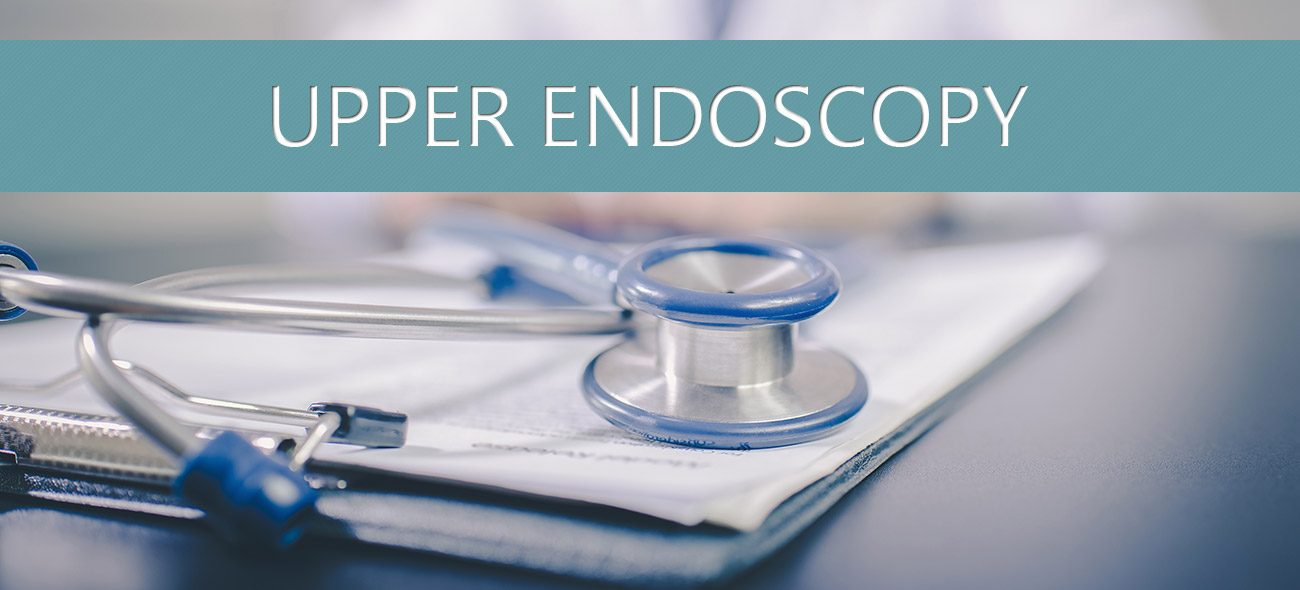Upper GI Endoscopy
The Term “EGD” stands for esophagogastroduodenoscopy, also known as upper endoscopy, and is a procedure usually performed by a gastroenterologist (GI or intestinal doctor). This test involves passing a long flexible black tube with a light and video camera on one end through the mouth to examine and visualize the esophagus (the swallowing tube leading to stomach), stomach and the first part of the small intestines called the duodenum. The high quality picture from the endoscope is shown on a TV monitor and gives a detailed view of the upper GI track. Specially trained nurses and technicians who are essential to performing the procedure safely and effectively will assist your doctor. The EGD takes about 5 to 10 minutes. The EGD can be helpful in the evaluation of many symptoms, such as: difficult or painful swallowing, abdominal pain, weight loss, heartburn, nausea, vomiting, anemia and the presence of blood in your vomitus or stool.
Endoscopic treatment can be performed at the time of procedure. Examples of such treatments include dilation of the esophagus (stretching the esophagus), usually due to esophageal strictures, Schatzki’s Ring, Achalasia, Ingestion of caustic Agents and Tumors. Biopsies (taking small pieces of tissue) of any abnormality may also be done directly through the endoscope. Endoscopic biopsies are very superficial, taking only the very top layer of the esophagus, stomach or duodenum. Therefore, significant bleeding from the biopsies is rare and the biopsies do not scar the esophagus, stomach or duodenum.
You will asked not to eat or drink anything for six to eight hours prior to your EGD. In the endoscopy unit, an IV (intravenous) line will be started in your arm or hand. You will be placed on a monitor that checks your heart rate, blood pressure and oxygen level, which is monitored by a certified nurse anesthetist (CRNA) who will be with you during the procedure. The medication that you will receive through your IV will make you very comfortable for the procedure. The sedation type is called conscious sedation, NOT general anesthesia. The main goal of this sedation is to make your comfortable, less anxious and diminish gagging. After sedation, the doctor will pass the endoscope through your mouth, most people spontaneously swallow and the scope is easily passed into the esophagus. Using the endoscope, the doctor can see magnified picture of the lining of the upper intestinal tract on a video monitor. The EGD is a very safe and one of the most frequently performed procedures. It is the most sensitive test for detection of abnormalities of the upper GI tract lining.

